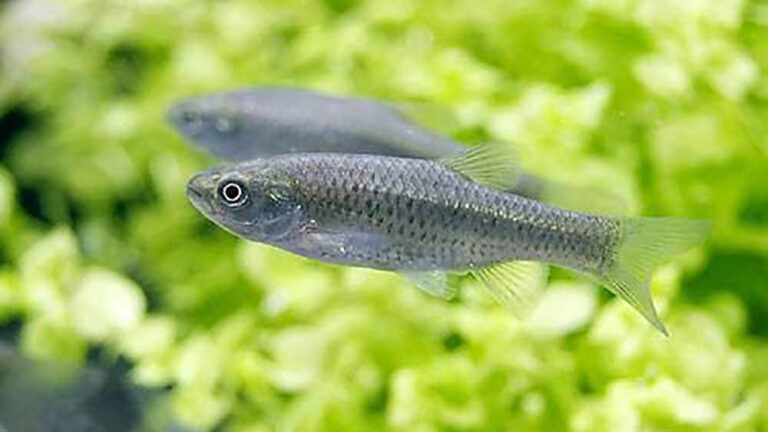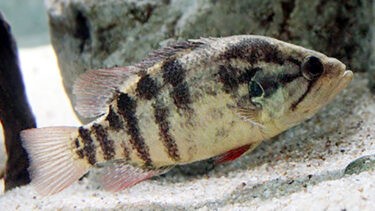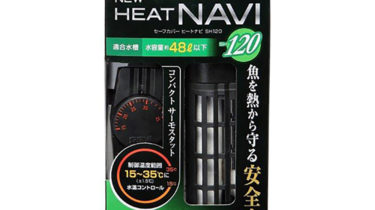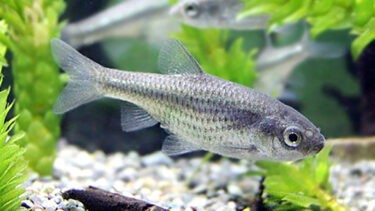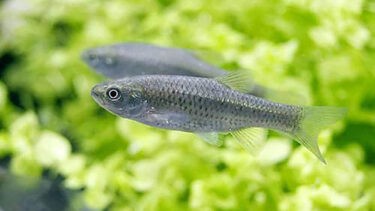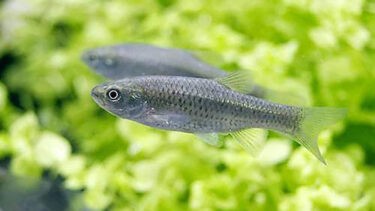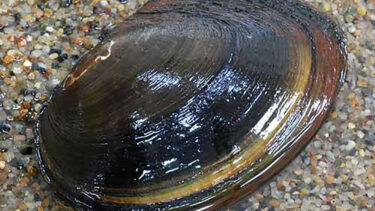The Hinamoroko is a light brown river fish with a white abdomen and light dark vertical stripes on its sides. It is an endangered species in some places. In this article, I would like to explain in detail the characteristics and how to keep such a fish.
What is Chick Moroko?
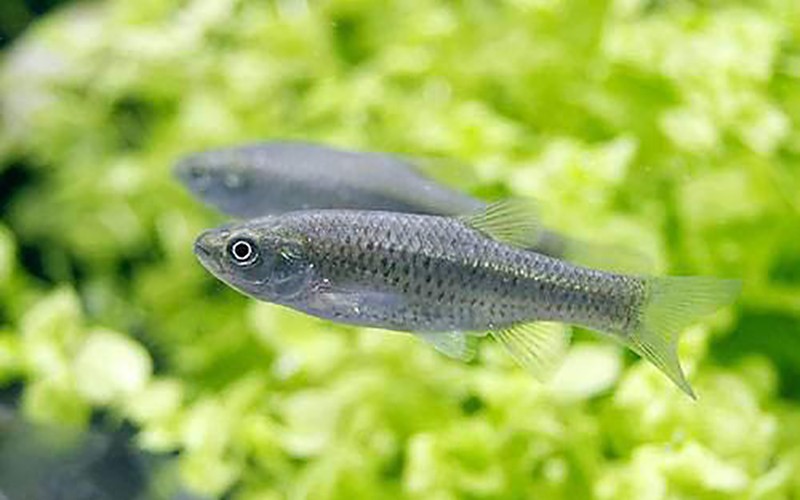
Hinamoroko belongs to the genus Hinamoroko of the carp family Carpidae. The habitat of the Hinamoroko is in East Asia, including China and Korea. In Japan, it is distributed only in irrigation canals in the mountains of the Oaza-Takeno district of Tanushimaru-cho, Kurume City, Fukuoka Prefecture, Kyushu.They prefer to live in corners of slow-flowing rivers, small streams, lakes, marshes, and irrigation canals. They are also endangered in some places. The brown moroko is low in stature and has no mustache. Its body color is light brown with a white abdomen and light dark longitudinal stripes on its sides. The fin moroko is found only in some areas of northern Kyushu. For this reason and others, it is said that this fish proves that the Japanese archipelago was once connected to the continent.
Kawamutsu is a genus of carp in the family Carpidae, order Carpidae, that inhabits rivers and lakes in China and the Korean Peninsula in East Asia and in Honshu, Shikoku and Kyushu west of the Tenryu River that flows through Nagano, Aichi and Shizuoka Prefectures in Japan and the Noto Peninsula in Japan. [...]
The Oyan louse is a river fish of the family Perciformes, which inhabits the Kinki, Chugoku, Shikoku, and northern Kyushu regions of Japan west of the Yodo and Yura Rivers. It is a river fish with an eyeball-like pattern on the back of its gill cover and about six horizontal stripes on the sides of its body. It also depends on the location [...].
The reef fish is a member of the family Gobyidae of the order Perchidae, found in rivers and lakes in tropical and temperate regions such as Japan and Southeast Asia. It is a river fish characterized by its sucker-like ventral fins that are evenly concave inward. Some species also have a reddish-brown line on the head [...]
How to keep daisy moroko
The chick moroko can be an easy species to keep as long as you know how to keep them. The lifespan of the chick moroko is about 2 to 3 years. Their body size is approximately 5 to 7 cm. However, both lifespan and body size vary depending on the environment in which they are kept and the food they are fed. They prefer slightly alkaline to neutral water quality, with a pH of 7.0 to 8.0. They can live in water temperatures between 5-25℃.
A heater is a device that maintains a constant water temperature. If you go to a specialty store that carries heaters, you will find a wide variety of types. Some people may be at a loss as to which one to choose. In this article, we would like to explain about such heaters [...]
Points to keep in mind when mixing swimmers

Regarding mixed swimming, first of all, the character of the daisy moroko is mild-mannered. For this reason, it is recommended to mix them with species of the same size or medium-sized species such as rosy bitterling.Since the fin moroko is an omnivore, it is necessary to be careful when mixing with smaller species, as they may chase after them. Also, if the mixed species is a territorial species or a species that chases, it may cause stress and weaken the fish. If you are worried about having them swimming together, we recommend that you add more aquatic plants to the tank to create a hiding place for them.
Many people think that goldfish are the goldfish that you see at fairs and festivals in the summer, and that there are many different kinds of goldfish. And it is no exaggeration to say that each type of goldfish has its own characteristics, and that is the best part about goldfish [...]
When you go to a specialty store to look at killifish, you will be surprised at the many varieties available. The prices are different, as are the body colors and patterns, so it is hard to know what to choose. So, in this article, I would like to explain in detail about the different types of medaka. Types of Medaka Scarlet Medaka [...].
Points about spawning
Many people who keep daisy moroko want to breed them. In the wild, the chick moroko spawn from June to September. If kept in captivity, the timing when the water temperature reaches around 20 degrees Celsius is the signal for spawning. When it is time to spawn, males turn golden in color and have a very small trailing star on their pectoral fins. The female extends a black tube called an oviduct from near her rump.When mature males and females are present, they spawn on water plants. They hatch in approximately 24 hours when the water temperature is 25°C. As fry, they consume yokelsacks (nutrients received from their parents) like other species, and then they should be fed with fry food. The fry then grow to adulthood in one year.
Points to keep in mind when keeping daisy moroko

The fin moroko is a pale brown river fish with a white abdomen and light dark vertical stripes on its sides. The fin moroko is often mistaken for the kawabatamoroko. It differs from the Kawabata moroko in that it is shorter and has no bulge on the edge of its abdomen behind the ventral fins.The population of fin moroko has been drastically decreasing due to development and environmental degradation of rivers and other areas. There was even a time when they were thought to be extinct in the natural world. Currently, various local governments are engaged in conservation and other activities. They are an important river fish in terms of education, as they are an essential part of the traditional Japanese ecosystem. If you are interested in the fin moroko, we recommend that you take a look at them at a specialty store.
Kawabatamoroko are a genus of river fish in the carp family, Carpidae, found in Japan west of Shizuoka Prefecture, Tokushima Prefecture, Kagawa Prefecture, Fukuoka Prefecture, and Saga Prefecture, with a silvery white base, greenish brown back, and grayish brown sides with vertical bands. Kawabatamoroko are also found in Japan [...].

